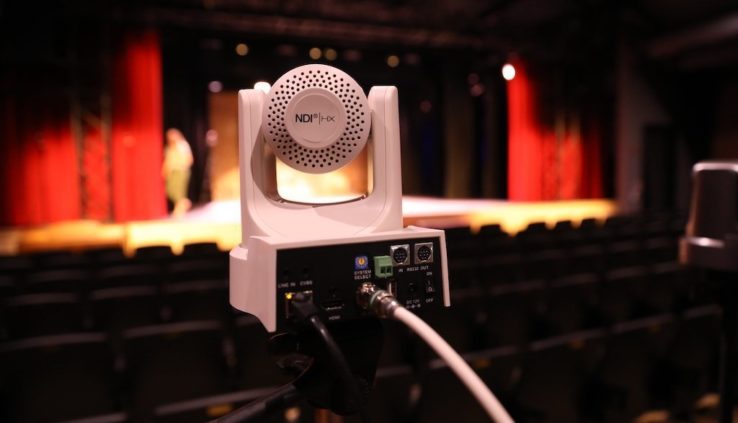The Increasingly Sophisticated Features of PTZ Cameras have “Church” Written all Over Them
By Adam Noyes
The live production landscape is rapidly changing, and church techs, among other live streaming teams, have to keep up! Luckily, some devices and cameras are guaranteed upgrades to the quality of a stream, especially PTZ cameras.
This article from churchproduction.com details how PTZ Cameras fit in a house of worship setting. Check out some highlights, below.
When it comes to pan/tilt/zoom (PTZ) cameras, features like remote control, IP connectivity, streaming support, and auto-tracking are critical for church use. Camera manufacturers are keenly aware of this, and offer a number of solutions that may as well have house of worship in the model number. And post-2020, the innovation continues at lightning speed.
One recent example is Canon USA’s new line of 4K UHD PTZ cameras, the CR-N500 and CR-N300 for indoor live-streaming and the outdoor CR-X500. While the new line capitalizes on the company’s digital imaging expertise, there’s a stand-out component that’s reported to be a first ever for PTZ cameras—the delivery of cinematic-level imagery. Utilizing a 15x optical zoom 4K UHD lens and a 1.0-inch CMOS sensor, the new Canon offerings are designed to deliver a shallow depth-of-field and beautifully blurred backgrounds.
“Before PTZ cameras existed you always needed a camera operator to control the camera, zoom, and follow the pastor or whomever,” says Stephen Heywood, broadcast engineer at PTZOptics, a robotics pan, tilt, and zoom camera solutions developer headquartered in Downingtown, Pennsylvania. “That took a lot of volunteers and it was a very high expense––and with needing to train that many volunteers, a lot of churches just stuck with one camera.” He observes IP functionality reduces the need for personnel and the cost of the cameras themselves has decreased, driving churches to invest in multiple units. “It gives operators the ability to control them from their phone or with a joystick, and one person can now do the same thing as four or five camera operators would [in the past].”

